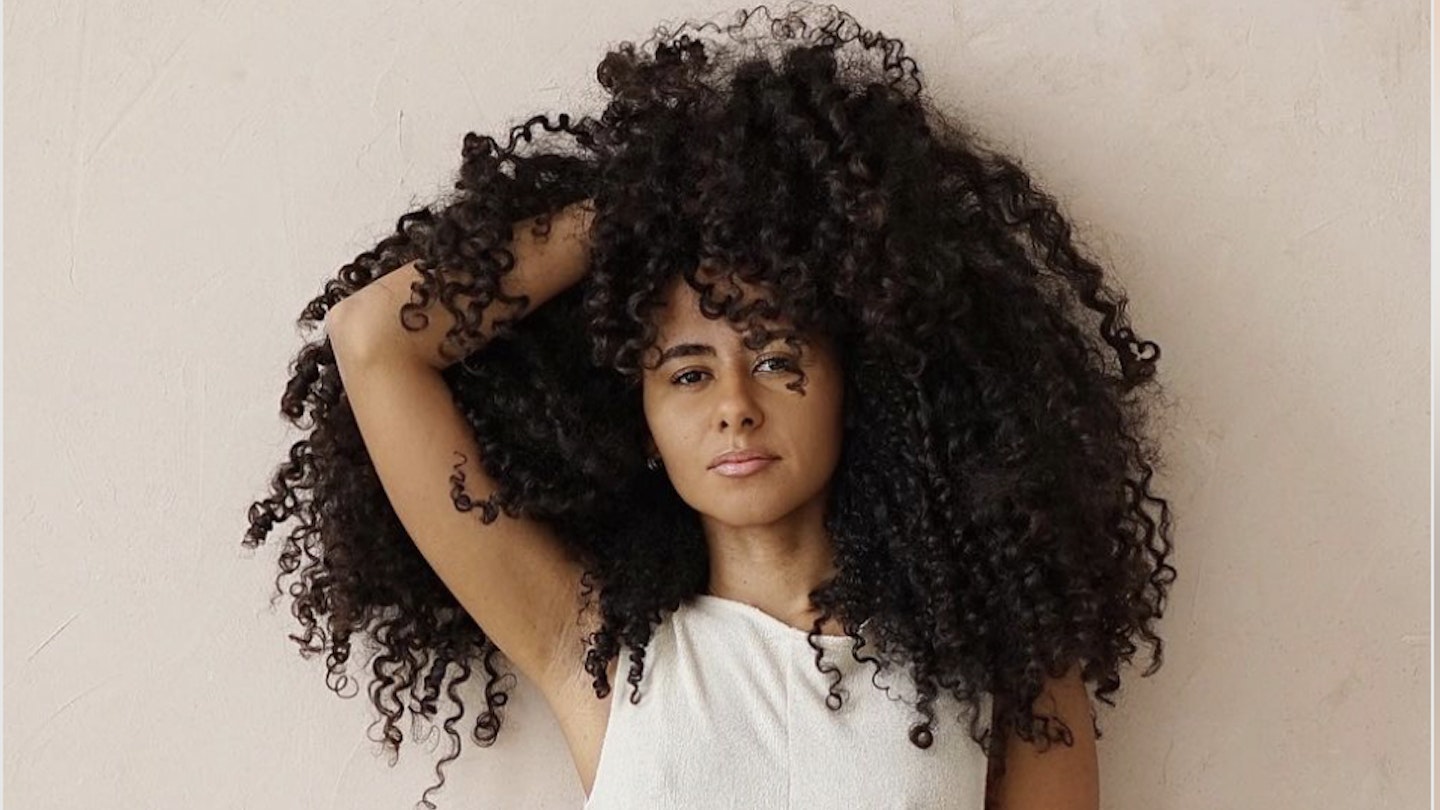Hair care routines often include shampoo and conditioner as standard steps. While many people understand the cleansing role of shampoo, the purpose of conditioner especially replenishing conditioner deserves more attention. This article explores what a replenishing conditioner does, how it benefits different hair types, and why it should be a consistent part of your hair care regimen.
Understanding Replenishing Conditioner
What Is a Replenishing Conditioner?
A replenishing conditioner is a hair care product formulated to restore moisture, softness, and essential nutrients to the hair. It is particularly helpful for hair that is dry, brittle, damaged by heat styling, or chemically treated.
Unlike regular conditioners that focus mainly on smoothing the hair’s surface, a replenishing conditioner goes deeper. It works within the hair shaft to hydrate, repair, and reinforce the natural protective barrier. These conditioners often contain ingredients like plant oils, fatty acids, amino acids, and protein-based compounds that target the inner layers of each strand.

Key Functions of a Replenishing Conditioner
1. Moisture Restoration
One of the main roles of a replenishing conditioner is to restore moisture lost during washing or due to external stressors. Weather conditions, frequent use of heat tools, and chemical treatments can deplete your hair’s natural hydration. Replenishing conditioners help lock in moisture and reduce dryness, making hair more manageable and less prone to breakage.
2. Repair of Damaged Strands
Hair damage often begins with the weakening of the hair cuticle. Replenishing conditioners are formulated with strengthening agents that help repair split ends and reinforce the hair structure. Ingredients such as keratin or hydrolyzed proteins bind to damaged areas, giving hair a stronger, smoother appearance.
3. Enhancing Elasticity and Flexibility
Dry or protein-deficient hair often lacks elasticity. A good replenishing conditioner improves the hair's ability to stretch without breaking, which helps prevent mechanical damage during brushing, styling, or detangling.
4. Softness and Smoothness
When the hair cuticle is flattened and hydrated, the result is a smoother texture. This not only enhances shine but also reduces friction between strands, minimizing frizz and tangling. Softness is often the first noticeable change after using a replenishing conditioner.
5. Protection from Environmental Damage
Pollution, UV exposure, and hard water minerals can gradually wear down the hair's integrity. Replenishing conditioners form a light, protective barrier on the surface of the hair, shielding it from further environmental stress.
Who Should Use a Replenishing Conditioner?
1. Individuals with Dry or Brittle Hair
Dry hair can appear lifeless and become prone to breakage. If your hair often feels rough or lacks movement, a replenishing conditioner can help restore its natural moisture balance.
2. Those with Chemically Treated Hair
Hair that has been colored, bleached, relaxed, or permed is more porous and susceptible to damage. Replenishing conditioners help restore the hair’s internal structure and strengthen weakened strands.
3. People Who Use Heat Tools Regularly
Blow-dryers, flat irons, and curling wands remove moisture from the hair over time. Using a replenishing conditioner after styling sessions helps rehydrate the hair and preserve its elasticity.
4. Individuals Exposed to Harsh Weather
Cold, dry winters and hot, humid summers both stress the hair differently. A replenishing conditioner adjusts your hair’s moisture level, keeping it resilient in fluctuating environmental conditions.
How to Use a Replenishing Conditioner Effectively
Step 1: Cleanse with a Mild Shampoo
Start by washing your hair with a gentle, sulfate-free shampoo to remove dirt, sweat, and buildup. This prepares your hair to fully absorb the conditioner.
Step 2: Apply Conditioner from Mid-Length to Ends
Dispense the replenishing conditioner and work it through the mid-length to the ends of your hair. These areas are typically the most damaged and dry.
Step 3: Leave It On for 3 to 5 Minutes
Let the product sit for several minutes to allow the ingredients to penetrate the hair shaft. Avoid rinsing it off too quickly, as deeper conditioning requires a short resting period.
Step 4: Rinse with Cool Water
Rinsing with cool water helps close the cuticle and lock in moisture. It also enhances shine and smoothness.
Step 5: Use 2–3 Times per Week
Depending on your hair type and level of dryness, you can adjust how frequently you use a replenishing conditioner. In general, using it two to three times weekly is enough for noticeable results.
Common Ingredients in Replenishing Conditioners
1. Natural Oils
Oils such as argan, coconut, avocado, and jojoba help moisturize and protect the hair. These oils penetrate the hair shaft and restore lipids lost due to washing or styling.
2. Proteins and Amino Acids
Proteins like keratin and silk protein help rebuild the structure of the hair. They fill in damaged areas and improve elasticity and strength.
3. Humectants
Ingredients such as glycerin and panthenol draw moisture from the air into the hair. They are effective in keeping the hair hydrated without feeling greasy.
4. Vitamins and Antioxidants
Vitamin E, B5 (panthenol), and other antioxidants protect the hair from oxidative stress, helping to maintain scalp and hair health over time.
Differences Between Replenishing Conditioner and Deep Conditioner
While both products are used to improve hair condition, they are not interchangeable.
-
Replenishing Conditioner: Ideal for regular use. It maintains moisture balance and strengthens the hair over time.
-
Deep Conditioner: Typically used weekly or biweekly. It provides intense hydration and repair but is heavier and may weigh down fine hair if used too often.
A replenishing conditioner is your go-to product for day-to-day hydration and care, while a deep conditioner serves as an occasional intensive treatment.
Long-Term Benefits of Using a Replenishing Conditioner
1. Consistent Hair Health
Regular use of a replenishing conditioner supports long-term health by preventing dryness, minimizing damage, and improving overall hair texture.
2. Easier Styling and Maintenance
Hydrated, elastic hair is easier to style. It also holds styles longer and is less likely to be damaged by styling tools.
3. Reduced Hair Breakage and Split Ends
When hair is properly moisturized and reinforced, it resists breakage and split ends. This allows hair to grow longer and look fuller over time.
Conclusion
replenishing conditioner do? It plays a key role in restoring and maintaining the health of your hair. From locking in moisture to repairing damage and improving elasticity, this essential product supports all hair types in becoming stronger, softer, and more manageable.
Whether your hair is exposed to environmental stress, chemical treatments, or daily styling routines, a replenishing conditioner provides the nourishment needed to maintain its integrity. By choosing the right formula and using it consistently, you can expect healthier hair with lasting results.

